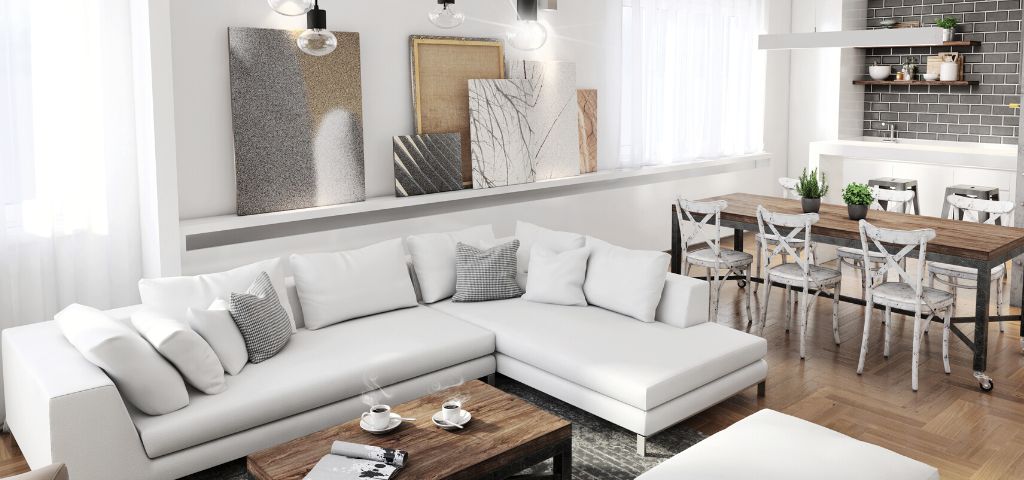Rising Rents, Rising Hopes: Build-to-Rent Takes Root in New Zealand
Across New Zealand, the housing market has become synonymous with one word: unaffordable. Soaring house prices and stagnant wages have locked many Kiwis out of homeownership, leaving them trapped in a precarious rental market. But a new player is emerging on the scene, promising a glimmer of hope – BTR properties.

What is BTR?
Unlike traditional rental properties owned by individual landlords, BTR developments are purpose-built by institutional investors for the sole purpose of long-term rentals. These are typically multi-unit apartment buildings or complexes designed with community living in mind, often offering amenities like gyms, shared courtyards, and even on-site childcare.
Why is BTR Rising Now?
Several factors are fueling the BTR boom in New Zealand:
- Housing shortage: With traditional homeownership increasingly out of reach, the demand for quality rental options is at an all-time high. BTR offers a potential solution, injecting much-needed supply into the market.
- Shifting investor preferences: Institutional investors are increasingly looking for alternative asset classes with stable returns. BTR, with its predictable rental income and long-term leases, ticks these boxes.
- Government support: Recognizing the potential of BTR, the New Zealand government has introduced supportive policies, including tax breaks and streamlined consenting processes.
Potential Benefits of BTR:
- Increased rental supply: BTR developments can rapidly add to the available housing stock, easing pressure on the rental market and potentially bringing down rents.
- Professional management: BTR properties are typically managed by professional companies, ensuring consistent maintenance, efficient repairs, and clear communication with tenants.
- Stability and community: Long-term leases and community-oriented design can foster a sense of stability and belonging for tenants, especially those priced out of homeownership.
- Improved quality: BTR developments are often built to higher standards, with modern amenities and energy-efficient designs.
Challenges and Concerns:
While BTR holds promise, it’s not without its challenges:
- Affordability: While BTR aims to address affordability concerns, it’s crucial to ensure rents remain accessible and don’t further exacerbate existing inequalities.
- Investor concentration: With large institutions involved, there’s a risk of corporate dominance in the rental market, potentially reducing tenant choice and bargaining power.
- Community integration: BTR developments should be carefully planned and integrated into existing communities to avoid creating isolated enclaves.
The Future of BTR in New Zealand
The BTR sector in New Zealand is still in its early stages, but its rapid growth indicates a significant shift in the rental landscape. With careful planning, supportive policies, and a focus on affordability and community, BTR has the potential to offer a much-needed alternative for Kiwis struggling to find secure and quality housing. However, it’s essential to address potential challenges and ensure that BTR truly lives up to its promise of providing a better future for renters.
The rise of BTR is a complex issue with far-reaching implications. As the sector continues to evolve, it’s crucial to maintain a critical eye and ensure that it benefits all New Zealanders, not just institutional investors. Only then can BTR truly live up to its potential as a game-changer in the country’s housing landscape.